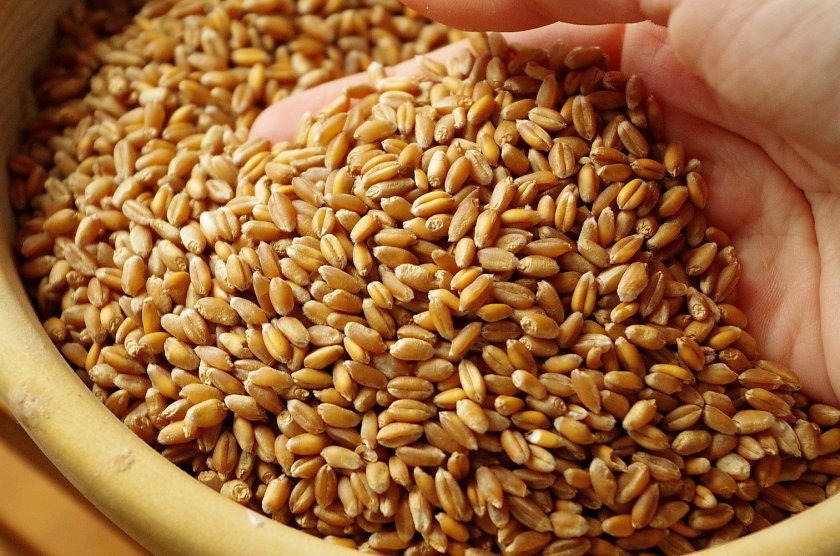Brazilian poultry producers face high grain prices

Brazilian poultry producers face the worst buying power in history due to a major rise of corn prices (80%) and soybean prices (50%) this year.
According to Cepea (the Center for Advanced Studies in Applied Economics) at the University of São Paolo, the average prices for corn, soybean meal and live chicken were higher this month than they were in October, but input prices have increased more sharply than live chicken prices did.
Embrapa’s (Brazilian Agricultural Research Corporation) pig and poultry division indicates the same scenario. In Paraná, the major production area, the buying power (the relation between prices of meat and grains) stands at a ratio of 1.53, meaning 1.53kg of live poultry equals 1kg of soybean meal. The meat–corn ratio is even higher, standing at 3.76. Until October of this year, feed costs increased by 36.33%. For this reason, ABPA (the Brazilian Association of Animal Protein) has criticised what they refer to as “speculation”, as official data show that there is sufficient grain for both the domestic and the foreign market.
Brazil has produced a record of 257.9 million tonnes of grains, consisting of 124.8 million tonnes of soy and 102 million tonnes of corn. Soy exports to China reached new heights with 81.43 million tonnes being exported from January to October. Brazilian soybean farmers, however, are reluctant to sell, driving prices up.
“Speculation is commonplace, based on numbers or factors such as market fluctuations. But when that practice is encouraged, the consequences can be dire,” alerts Ricardo Santini, ABPA’s president.
High prices for corn and soybean meal have led some poultry farmers to use sorghum and millet in their feed, which, according to Cepea employees, impacts the quality of eggs and meat. Together, these inputs represent 70% of production costs. ABPA believes this will inevitably be reflected in the prices consumers pay. “In the midst of a pandemic crisis, that already impacted the population economically, we will now face a severe loss of competitiveness,” Cepea adds.
High prices of corn and soybean meal have led part of poultry farmers to use sorghum and millet in their feed, which, according to Cepea employees, impacts impact the quality of eggs and meat. Together, these inputs represent 70% of production costs. For ABPA, this will reflect on prices to consumer, inevitably. “In the midst of pandemic crises, that already impacted the population economically, we will face a strong loss of competitiveness”, Cepea adds.
Read also
Wheat in Southern Brazil Impacted by Dry Weather and Frosts
Oilseed Industry. Leaders and Strategies in the Times of a Great Change
Black Sea & Danube Region: Oilseed and Vegoil Markets Within Ongoing Transfor...
Serbia. The drought will cause extremely high losses for farmers this year
2023/24 Safrinha Corn in Brazil 91% Harvested
Write to us
Our manager will contact you soon



